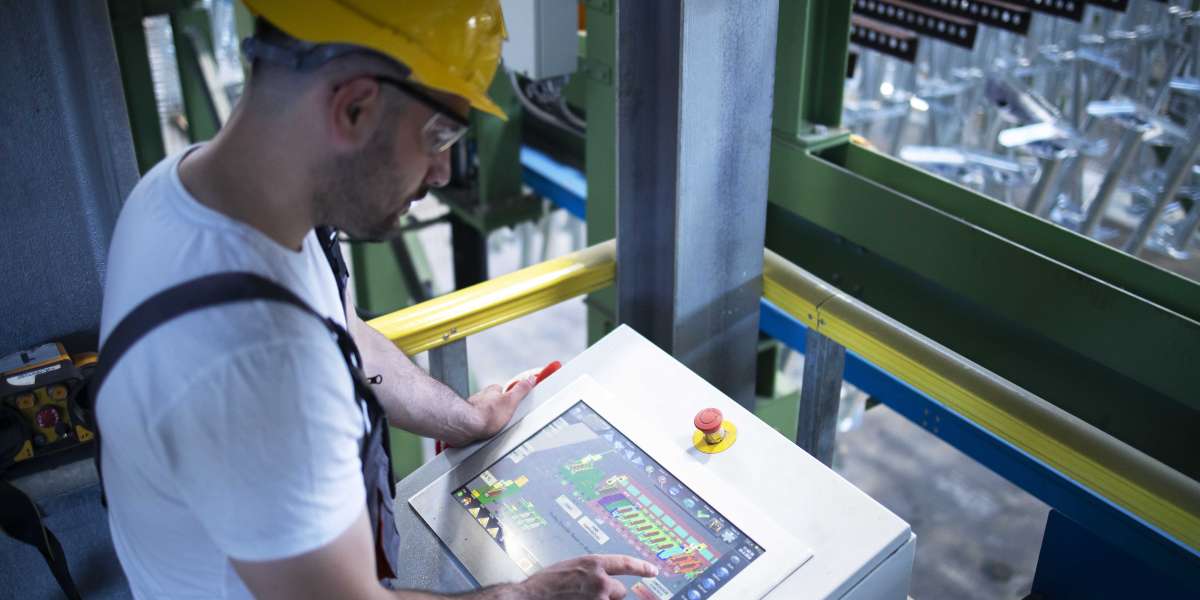Understanding PLC Scan Time
PLC scan time refers to the time it takes for the system to read all inputs, process the programmed logic, and update outputs. This cycle runs continuously, and a shorter scan time means faster responses to input changes. In high-speed automated systems, reducing scan time is crucial for improving efficiency and control.
How to Optimize PLC Scan Time
There are several ways to improve PLC scan time and enhance overall system performance. Here’s how you can do it:
1. Refine Your PLC Program
A well-structured PLC program runs more efficiently. Simplify logic operations, remove unnecessary instructions, and replace complex nested loops with straightforward logic. Using function block diagrams or ladder logic can help in organizing the program more effectively.
2. Grouping, Subroutines, and Functions
Grouping related tasks ensures a smoother flow of operations. This means handling all input processes together before switching to outputs, reducing unnecessary switching time.
Subroutines and functions allow you to reuse code blocks, reducing redundancy. By defining repeatable functions with specific input and output parameters, you can improve execution time and simplify debugging.
3. Optimize Your Logic
Efficient logic design minimizes the number of instructions the PLC must process. Consider these techniques:
- Replace complex loops with timers and counters.
- Use boolean algebra to simplify logic expressions.
- Work with integers instead of floating-point numbers.
- Prefer bit-level operations over word-level operations.
- Place frequently used conditions at the beginning of logic rungs to reduce unnecessary processing.
Additionally, staggering operations into continuous and intermittent tasks helps balance system load, ensuring that only critical functions run in every scan cycle while others execute at intervals.
4. Use Arrays and Data Tables
Managing large amounts of data efficiently is key to optimizing scan time. Arrays and data tables help by organizing multiple values sequentially, reducing the number of memory operations required. Instead of handling individual values separately, an array allows you to process multiple values with a single instruction, improving speed and memory efficiency.
5. Add Comments and Documentation
While comments and documentation don’t directly impact scan time, they make your program easier to understand, troubleshoot, and modify. Clear annotations help programmers quickly grasp logic, saving time when making updates or debugging.
6. Test and Debug Your Code
Regular testing and debugging help identify and eliminate errors that could slow down your PLC. Use tools like:
- PLC simulation software
- Error logs
- Watch tables
- Breakpoints
- Online monitoring
Efficient debugging not only improves scan time but also ensures the program runs reliably.
Striking the Right Balance
Reducing scan time enhances responsiveness, but it’s essential to balance performance with hardware capabilities. A shorter scan time can increase processing demands on the PLC, sometimes requiring a hardware upgrade. The goal is to achieve an optimal balance between speed and system load for smooth and efficient operations.
Final Thoughts
Optimizing PLC scan time is not just a minor technical adjustment—it plays a vital role in improving automation efficiency. By refining logic, structuring code effectively, and leveraging efficient data management techniques, you can ensure your PLC operates at peak performance. Faster response times mean better control, higher efficiency, and improved system reliability, keeping your industrial automation processes running smoothly.
Cognidel is a leading training institute specializing in PLC training in Bangalore, offering comprehensive courses designed to equip students and professionals with hands-on expertise in industrial automation. With a curriculum tailored to industry needs, Cognidel provides in-depth training on PLC programming, SCADA systems, HMI, and other essential automation technologies. The institute’s practical, project-based approach ensures that learners gain real-world experience, making them job-ready for careers in manufacturing, process automation, and related fields.
In addition to PLC programming, Cognidel offers a range of industrial automation courses covering topics such as DCS (Distributed Control Systems), motion control, robotics, and IIoT (Industrial Internet of Things). The courses cater to both beginners and experienced professionals, helping them enhance their technical skills and stay competitive in the ever-evolving automation industry. With expert trainers and state-of-the-art lab facilities, Cognidel is a preferred choice for those looking to build a strong foundation in industrial automation.











